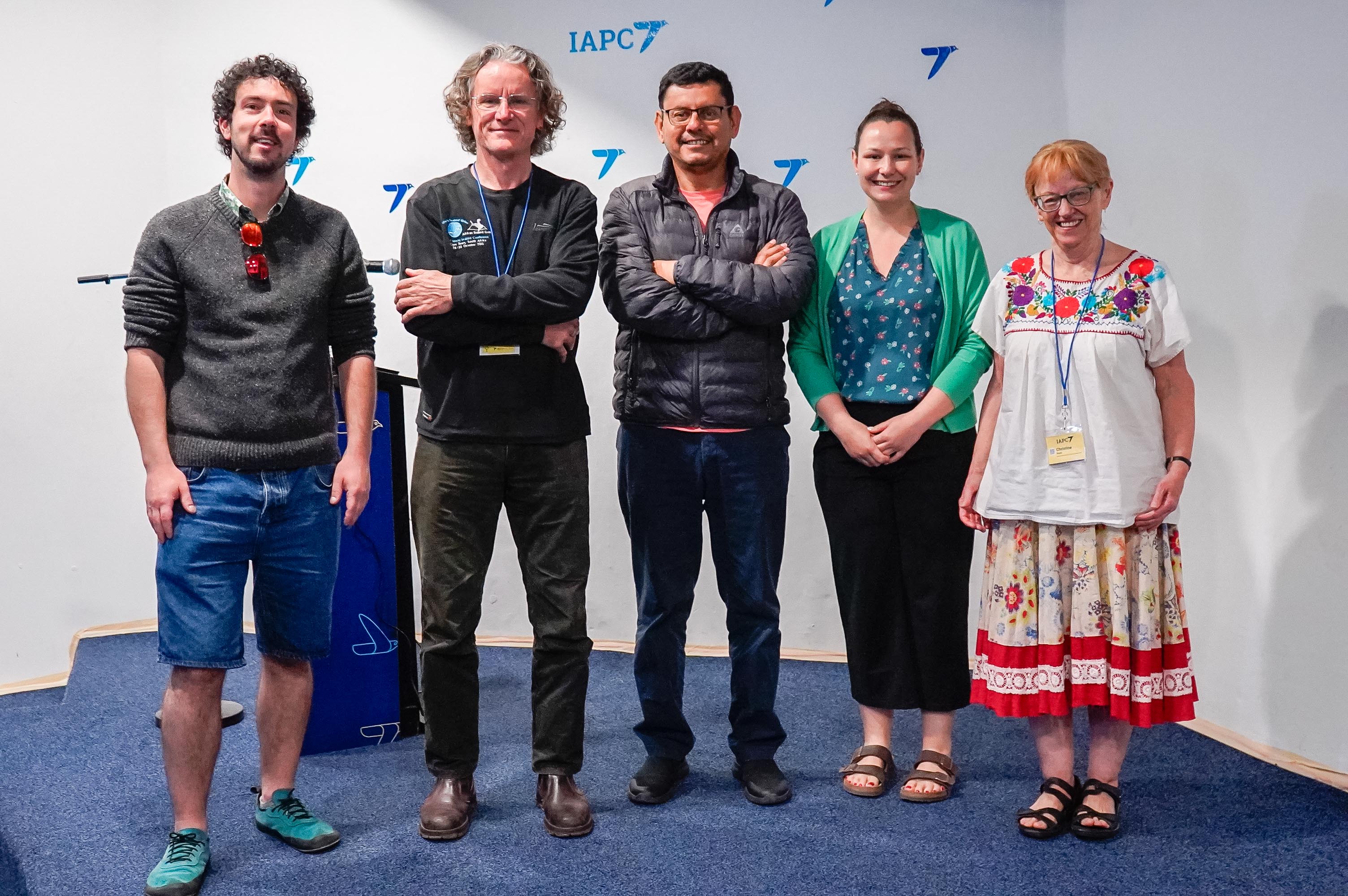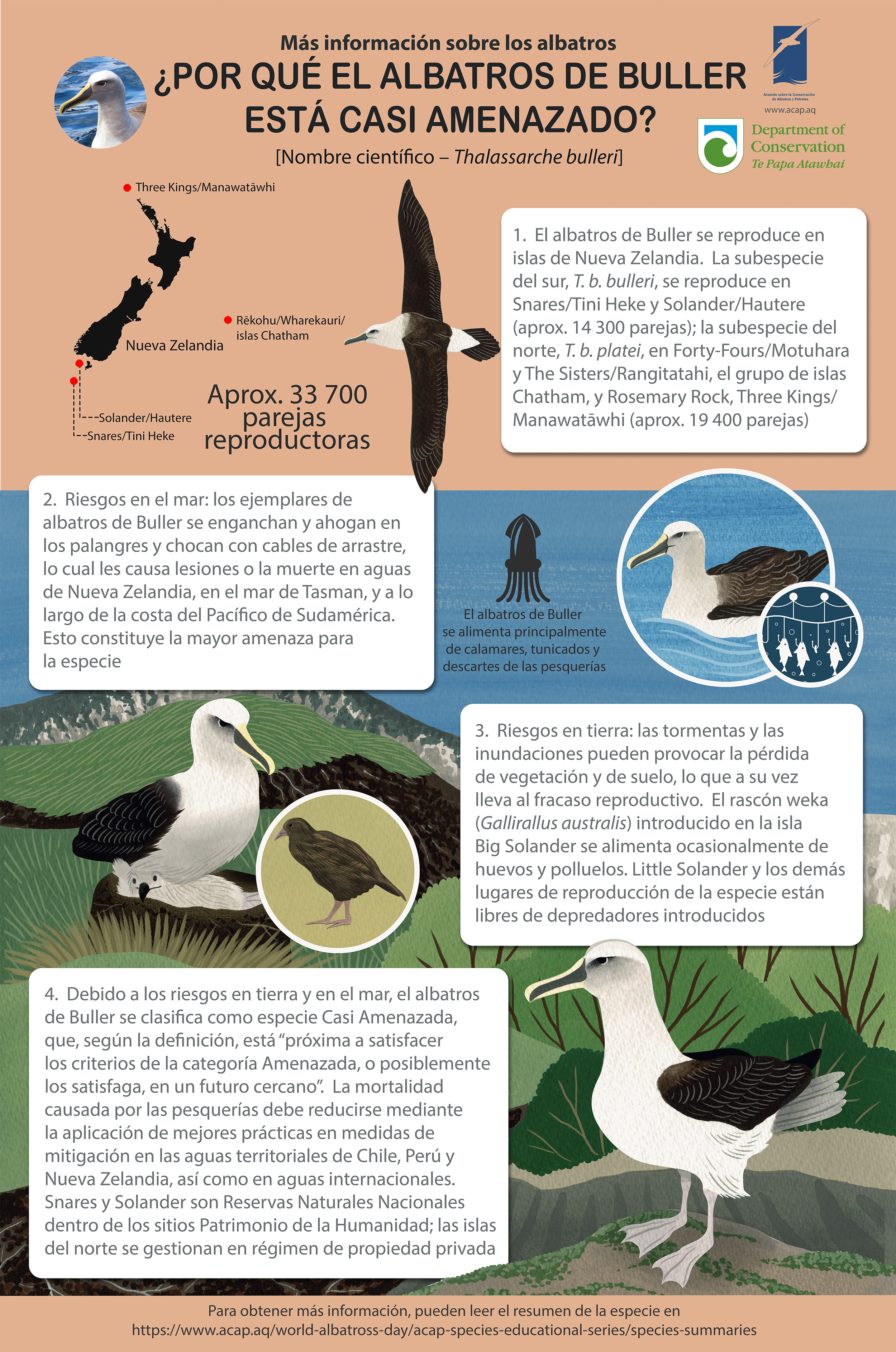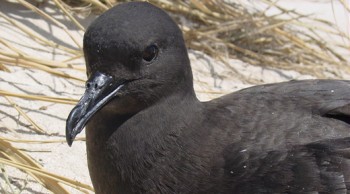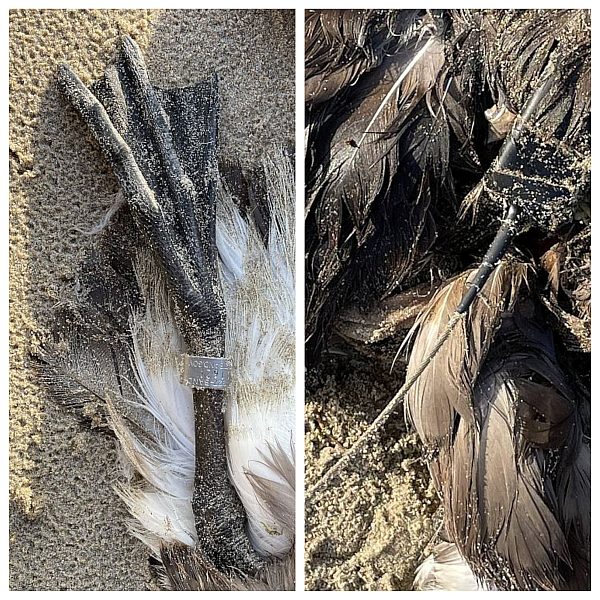 The plenary speakers from the 7th International Albatross and Petrel Conference in Mexico (left to right): Joan Ferrer Obiol, Nicholas Carlile, Carlos Zavalaga, Jolene Giacinti and ACAP Executive, Dr Christine Bogle
The plenary speakers from the 7th International Albatross and Petrel Conference in Mexico (left to right): Joan Ferrer Obiol, Nicholas Carlile, Carlos Zavalaga, Jolene Giacinti and ACAP Executive, Dr Christine Bogle
Note: Today is Day Four of “WADWEEK2024”, a series of seven daily posts to ACAP Latest News leading to World Albatross Day on 19 June, in support of this year’s theme of “Marine Protected Areas – Safeguarding our Oceans”.
ACAP’s work in protecting albatrosses and petrels was marked at the recent 7th International Albatross and Petrel Conference (IAPC7) held in Mexico, with the delivery of a plenary talk by ACAP’s Executive Secretary, Dr Christine Bogle.
In her talk, Dr Bogle spoke about the origins of ACAP and its role in the conservation its listed species since the Agreement came into force in 2004. She said being invited to speak at the conference was a real privilege.
“It was wonderful to have an audience who are all deeply committed to albatross and petrel conservation and to seeking solutions for the conservation crisis these species face. Speaking at the conference provided the opportunity to highlight ACAP’s achievements over the last twenty years, as well as the challenges ahead,” she said.
“Equally impressive was to listen to the accounts of other presenters and attendees about their efforts to conserve these birds. I learned about a vast number of petrel species and dedicated projects underway to preserve their habitat, to eradicate predators from their breeding sites, and to track their distribution. Several of the participants were young researchers with many years ahead of them to continue working for the conservation of albatrosses and petrels, which surely augurs well for the future,” she said.
 Excerpts from ACAP's 20 year anniversary booklet - Achievements in the First 20 Years 2004-2024 - available in ACAP's three official languages of English, French and Spanish, can be downloaded at the ACAP website
Excerpts from ACAP's 20 year anniversary booklet - Achievements in the First 20 Years 2004-2024 - available in ACAP's three official languages of English, French and Spanish, can be downloaded at the ACAP website
Over 100 people from 21 countries came together at IAPC7, sharing insights and progress on their work with albatrosses, petrels and shearwaters, ranging from research regarding population sizes and status, potential use of new tools such as genomics and artificial intelligence, and results from restoration efforts such as invasive alien species eradications.
Sessions dedicated to the emerging threat of highly pathogenic avian influenza (HPAI H5N1) also took place, two of which were supported by ACAP through its Secondment Programme.
Dr Bogle's presentation, 20 years of the Agreement on the Conservation of Albatrosses and Petrels, is available at the ACAP website as well as the YouTube Channel of Grupo de Ecología y Conservación de Islas (GECI), alongside those of other keynote speakers. The conferences’ full program, including the abstracts for all 75 oral talks and 18 posters, is available at, www.islas.org.mx/iapc7.
The 8th International Albatross and Petrel Conference (IAPC8) will be held in 2028.
16 June 2024

 English
English  Français
Français  Español
Español 



